When most people think about arm training, they imagine grabbing a pair of dumbbells or a straight bar for curls. But there’s a reason experienced lifters and trainers recommend a curling bar—also known as a curved weight bar or weight lifting curl bar—to improve your form, protect your wrists, and maximize muscle engagement during curls and other upper-body movements.
What Is a Curling Bar?
A curling bar (often called an EZ curl bar) is a curved bar used for weight lifting that allows your wrists to rest in a more natural, semi-supinated position during exercises like bicep curls and tricep extensions. Unlike a straight bar, the curved bar for weight lifting reduces strain on your wrists and elbows, helping you train harder while minimizing the risk of repetitive stress injuries.
Some variations include curved dumbbell bars and compact curved weight bars for home gyms, providing the same ergonomic benefits while being easier to store.
Benefits of Using a Curling Bar for Weights
-
Wrist and Elbow Comfort
The angled grips on a curling bar for weights help align your wrists and elbows more naturally, reducing discomfort during heavy curls. -
Better Muscle Targeting
A weight training curl bar lets you vary your grip easily, hitting different heads of the biceps and reducing the activation of assistive muscles, allowing for more direct isolation. -
Versatility
Beyond curls, a weight lifting curl bar can be used for skull crushers, upright rows, reverse curls, and even front raises, making it a versatile tool for your training program. -
Compact and Practical
A curved bar for weight lifting is often smaller than a standard barbell, making it easier to maneuver in a garage gym or smaller workout space.
Personal Perspective: Why I Keep Going Back to the Curl Bar
Years ago, I struggled with forearm and wrist pain when curling with a straight bar. The discomfort was so persistent that I had to skip curls altogether for weeks. Switching to a curling bar made an immediate difference: the angled grips felt natural, the pain subsided, and I was able to lift consistently without dreading the next session. Over time, this consistency helped me steadily improve my bicep strength and size without the setbacks that wrist strain used to cause.
How to Use Curling Bars for Weight Lifting
-
Standard Bicep Curls: Grip the curved weight bar at a comfortable width, elbows tucked close, and curl the bar while focusing on squeezing the biceps.
-
Reverse Curls: Flip your grip to overhand to target the brachialis and forearms while reducing bicep dominance.
-
Skull Crushers: Lie on a bench, hold the weight lifting curl bar above your chest, and lower it to your forehead to work your triceps safely.
-
Upright Rows: Use the bar for upright rows, allowing the curved grips to ease shoulder strain during the lift.
Choosing the Right Curling Bar
When purchasing a curling bar for weights, consider:
-
Knurling Quality: Look for moderate knurling for a secure but comfortable grip.
-
Weight Capacity: Ensure it can handle your lifting progression.
-
Finish and Rust Resistance: Especially important if your home gym is in a garage or basement.
A curved dumbbell bar can also be an excellent choice if you prefer dumbbell-style versatility with the wrist-friendly benefits of an EZ bar.
Final Thoughts
Incorporating a curling bar into your training routine can transform your arm workouts by improving comfort, safety, and efficiency. Whether you’re training at home or in a gym, this curved bar for weight lifting is a worthwhile investment to enhance your strength journey without sacrificing joint health.


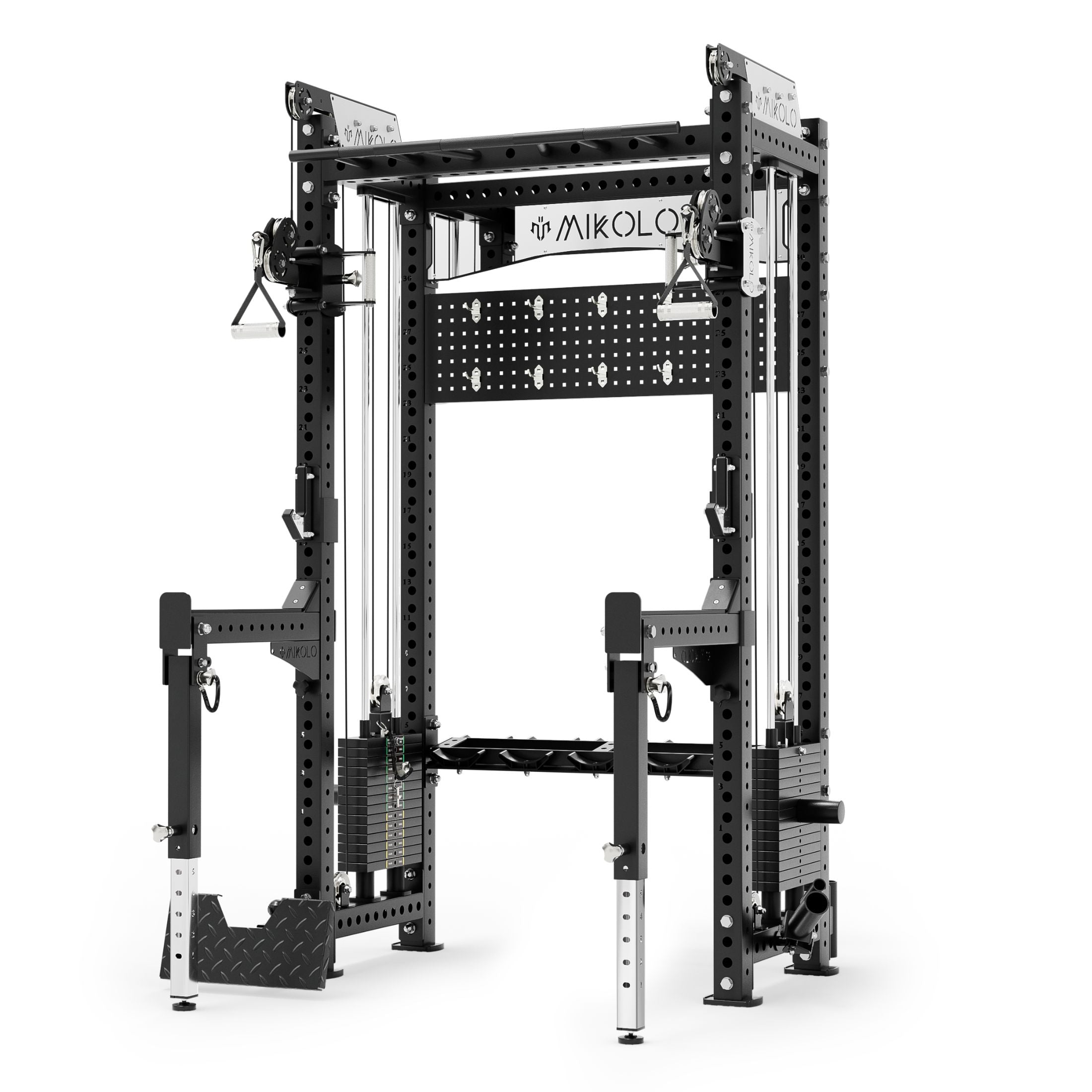




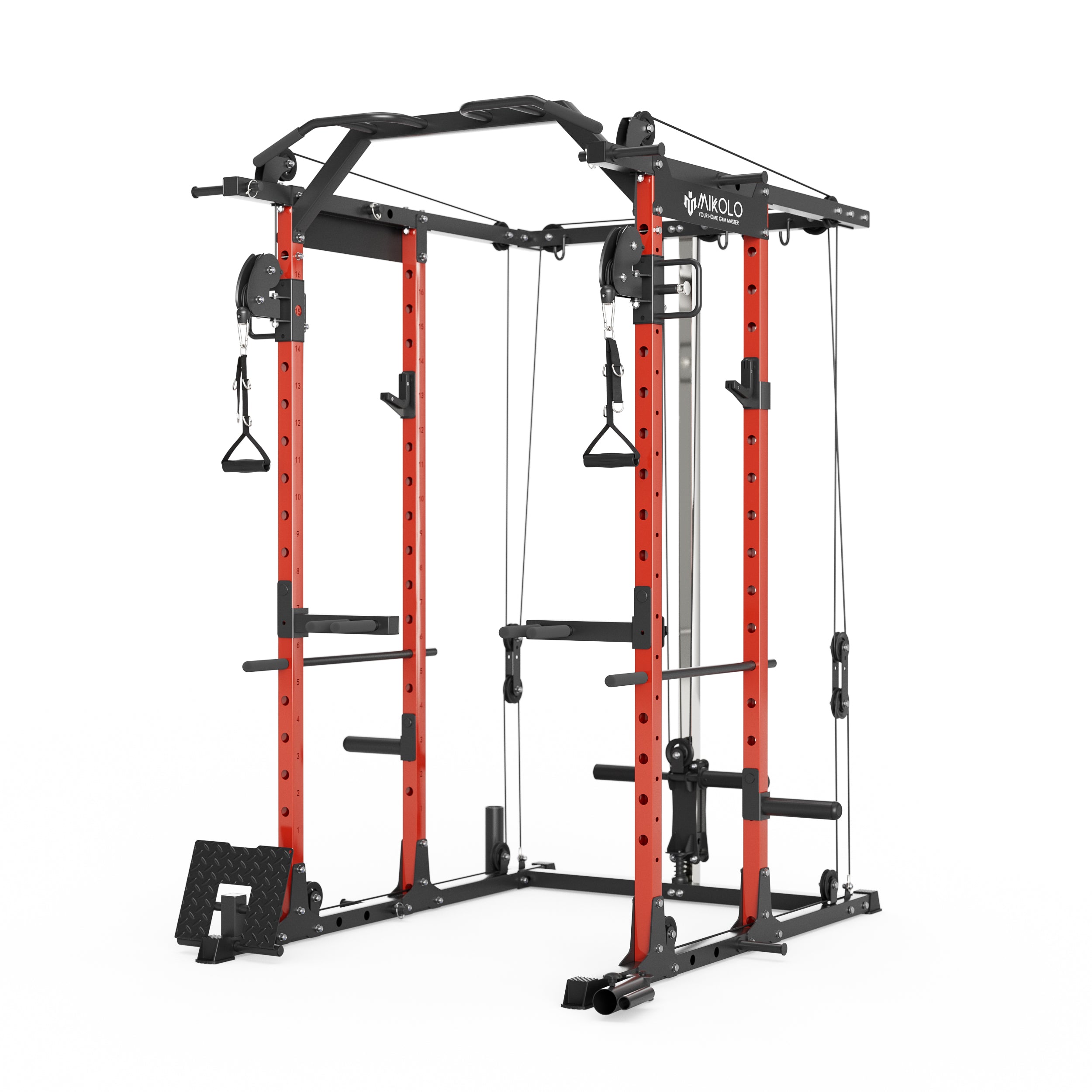
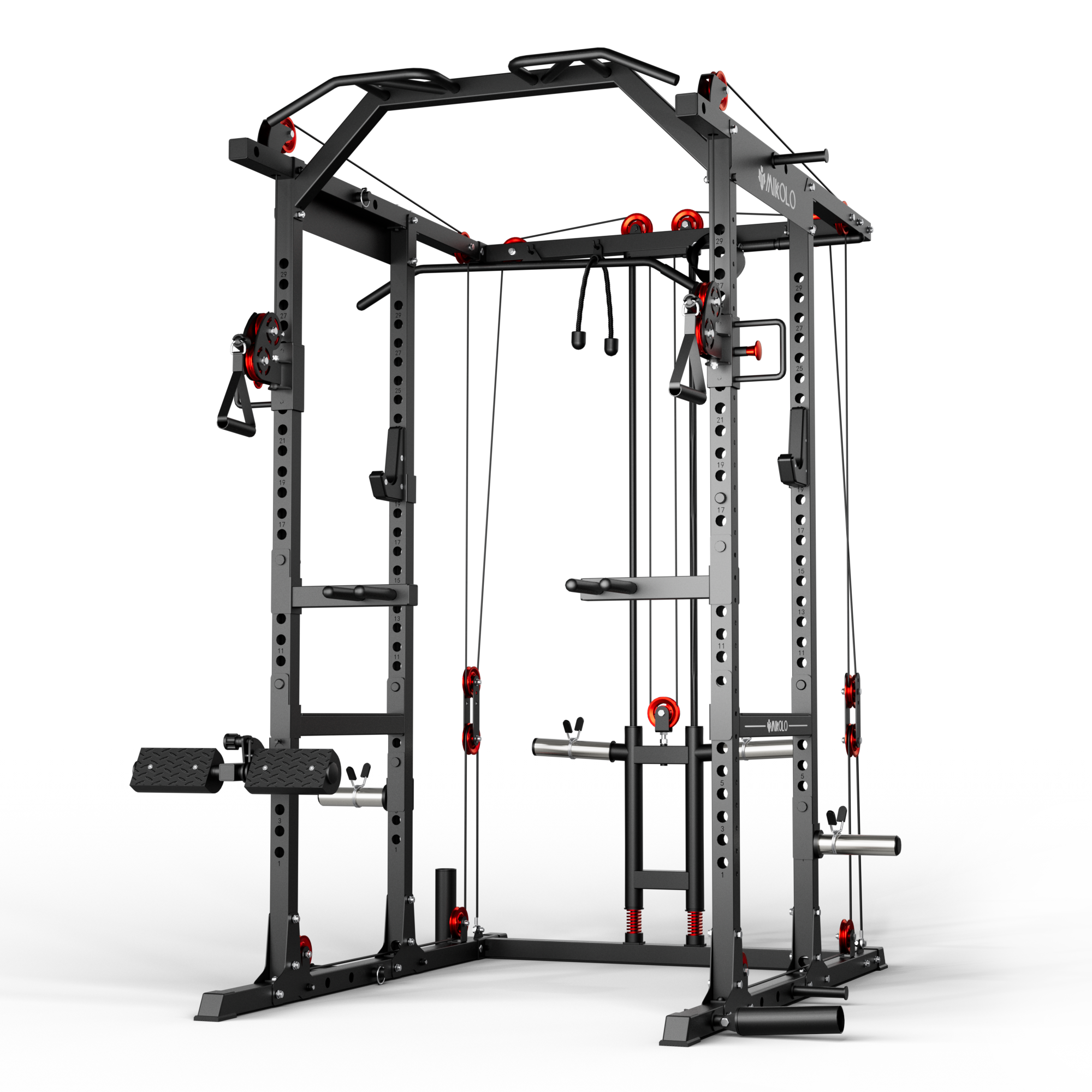





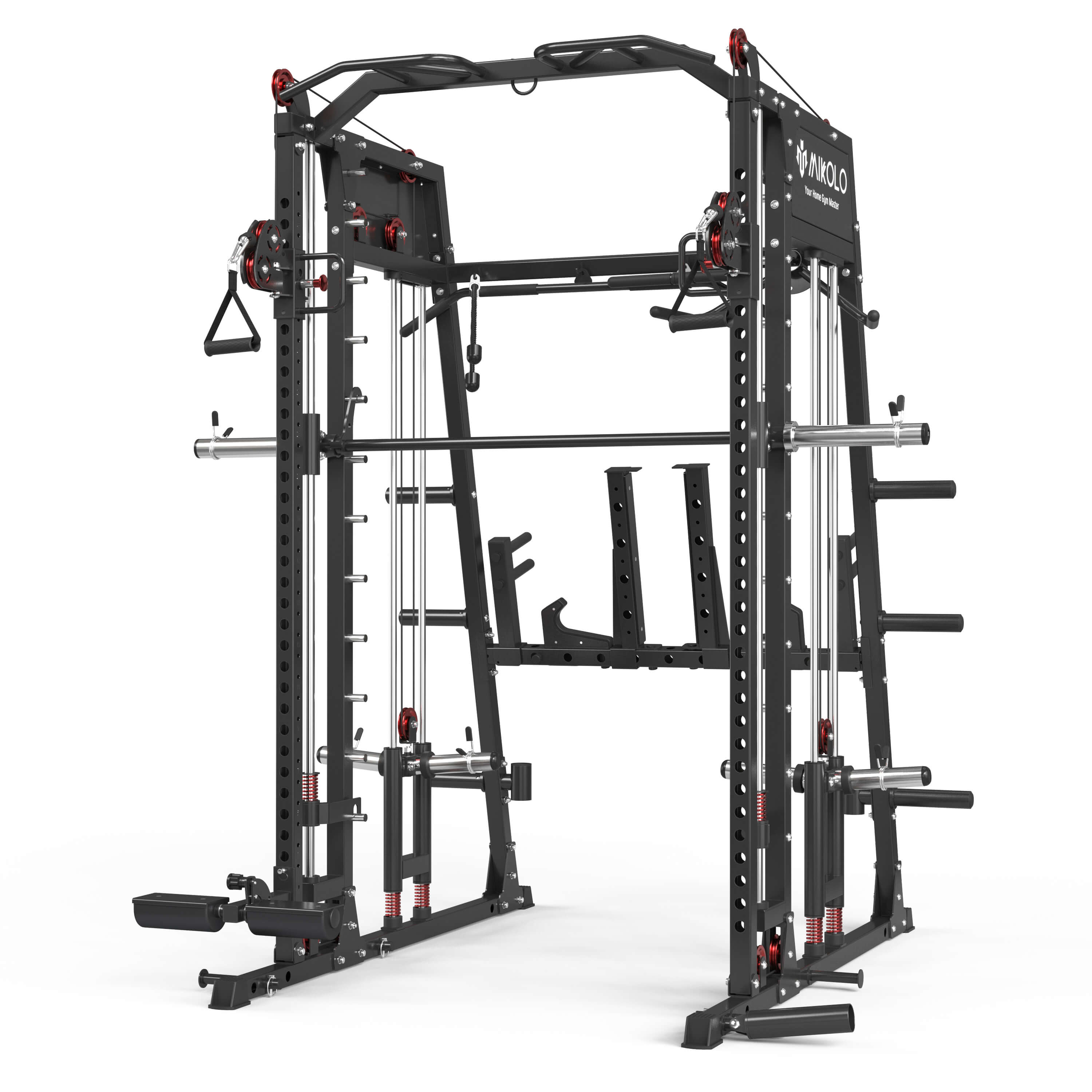

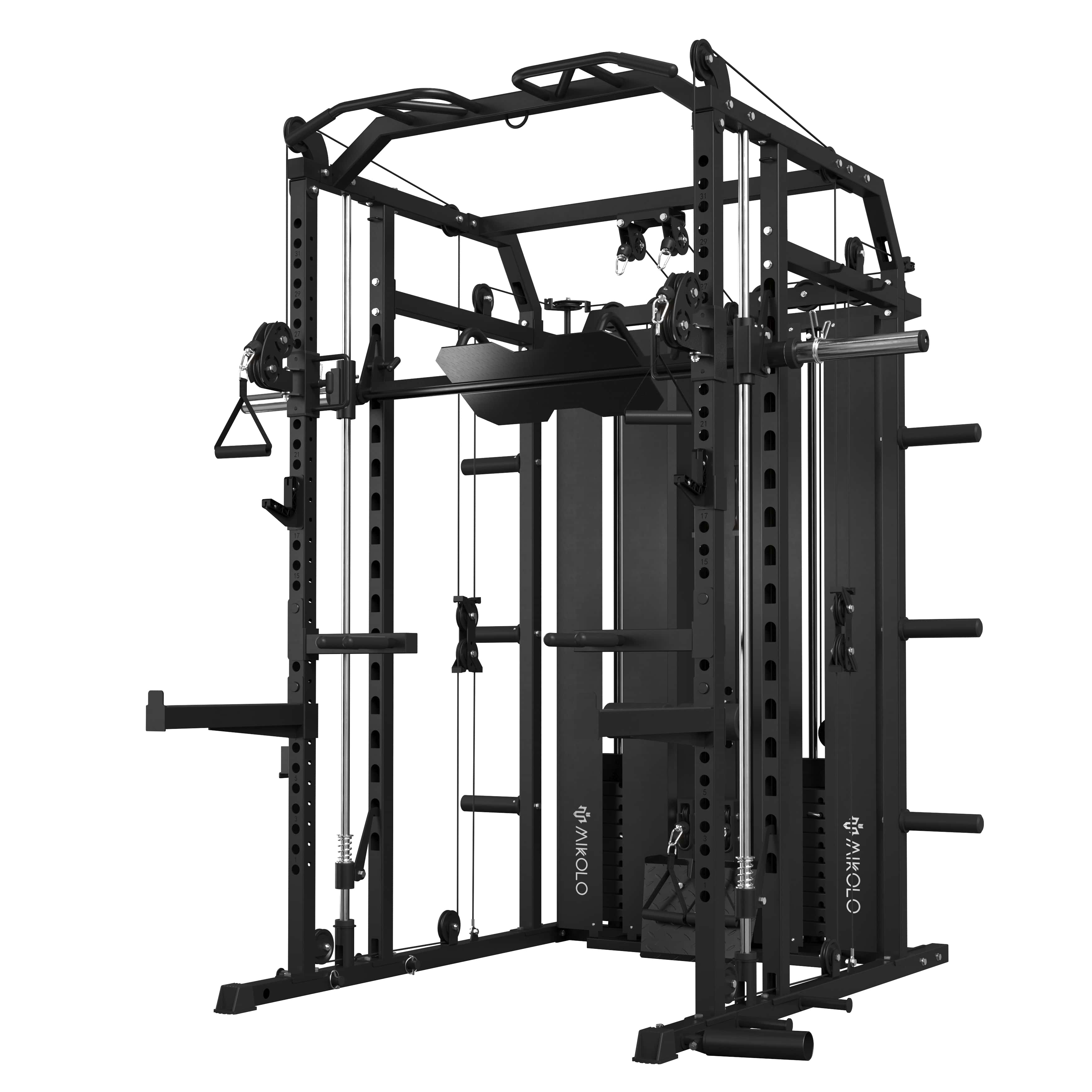




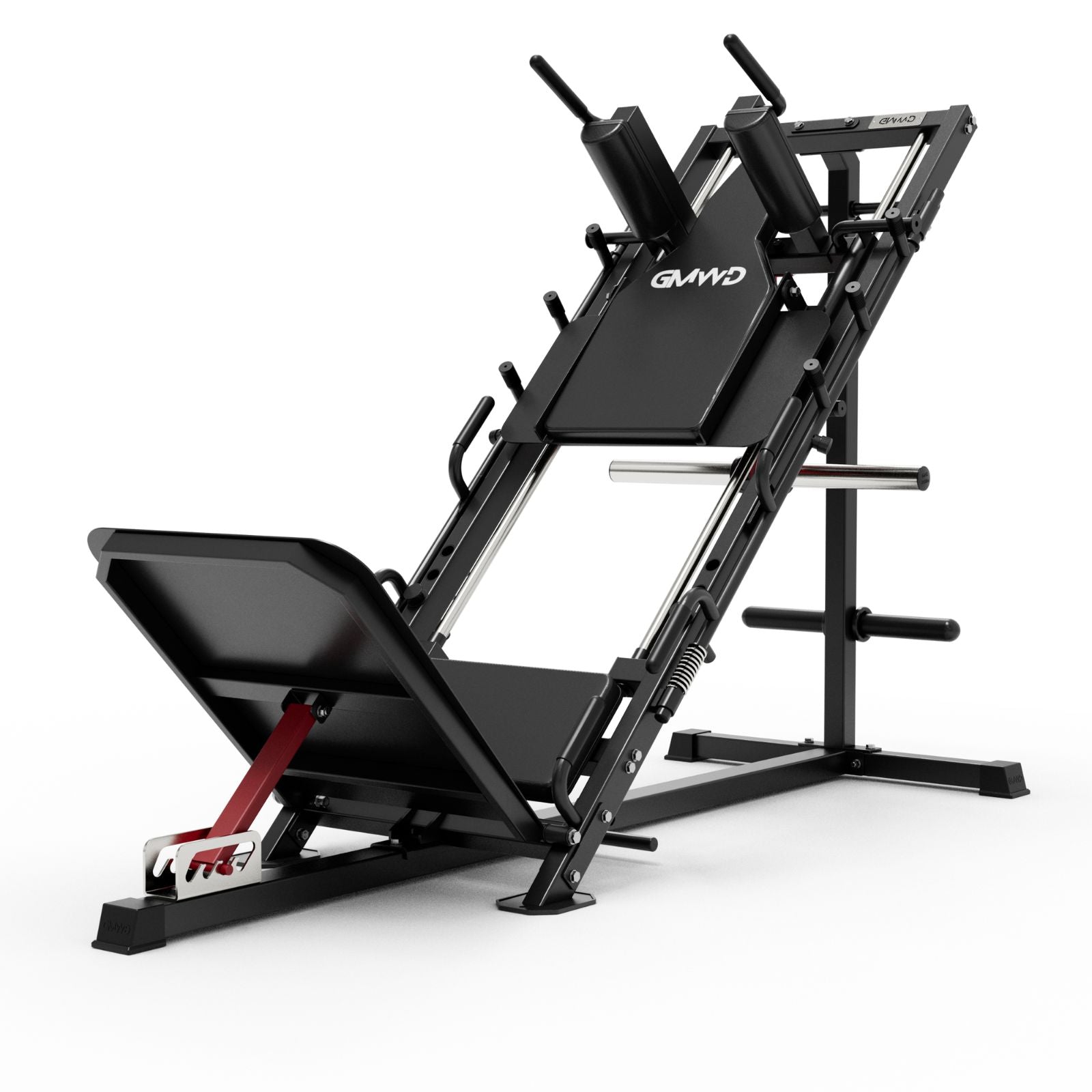


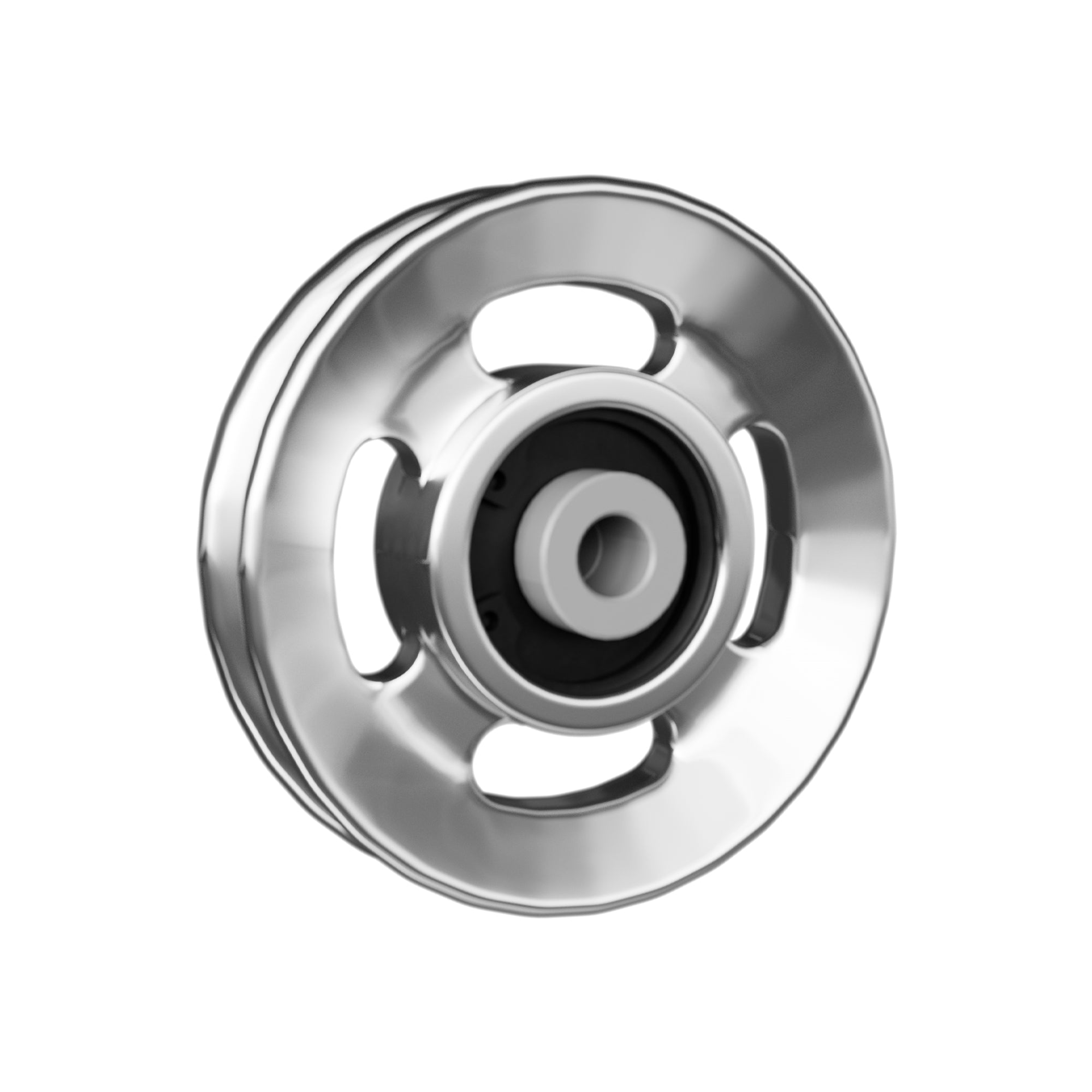


















Leave a comment
This site is protected by hCaptcha and the hCaptcha Privacy Policy and Terms of Service apply.